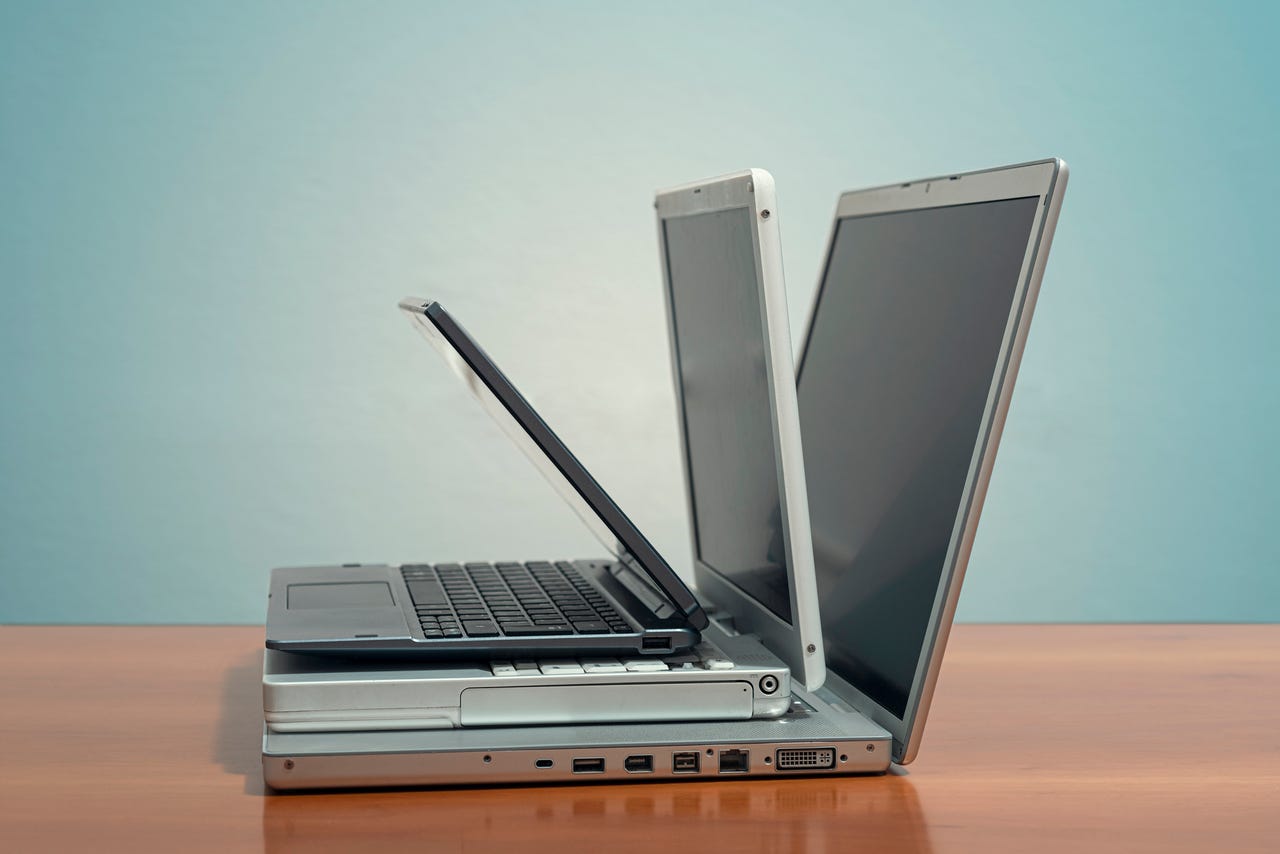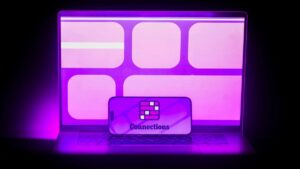
As someone who’s been around the block a few hundred times with technology, planned obsolescence has long bothered me.
Consider this: When Microsoft released Windows 11, it became clear that a lot of hardware (capable of running the previous iteration) wouldn’t support the new version of Windows. A lot of people wound up having to purchase new systems (if they wanted to stick with Windows). For some, that wasn’t an option, so they had to keep using a Windows operating system that would eventually fall out of support. That meant no more security updates, which can leave users (and their data) vulnerable.
Also: When Windows 10 support runs out, you have 5 options but only 2 are worth considering
If you’ve found yourself in such a situation, there’s hope by way of a handful of Linux distributions designed specifically for older (or less-powerful) hardware. With these operating systems, you can revive an old machine and make it run as though it were new.
Here are five Linux distributions that are perfectly at home on older (and even newer) hardware.
1. Bodhi Linux
Great for those willing to learn new things
The Bodhi Linux desktop offers a unique way of interacting with your computer.
Image: Jack Wallen
For about five years, Bodhi Linux was my go-to operating system. It’s not just perfectly suited for older hardware, but it also offers a unique take on the user interface. The Moksha Desktop is similar to that of Enlightenment (another old-school fav of mine) and includes plenty of features to make it a full-fledged desktop operating system.
Also: How to enable Linux on your Chromebook
The one caveat to using Bohdi Linux is that you will have to rethink the way you interact with the desktop, as it’s quite different. That doesn’t make it challenging (it’s not) but know that Moshka will take a bit of getting used to. One of my favorite features of Moshka (which also appears in Enlightenment) is you can access the desktop menu by clicking anywhere on the desktop. That makes for a very efficient workflow.
The recommended system requirements for Bodhi Linux are:
- 64-bit, 1.0GHz processor
- 768MB of RAM
- 10GB of drive space
With just a minimal system, you’ll have a desktop computer that not only runs like a champ but looks really cool as it does.
2. Linux Lite
Very user-friendly, highly customizable, and blazingly fast
The Linux Lite desktop includes all the features to which you’re accustomed.
Image: Jack Wallen
If you’re looking for a more standard desktop interface, Linux Lite might be your best bet. Linux Lite uses a custom Xfce desktop environment to create an interface that should be immediately familiar to all user types.
Also: Linux Lite 7.0 might be the best lightweight Linux distro on the market
Even better, Linux Lite was designed to be very user-friendly. So even if you aren’t familiar with Linux, you should be able to get up to speed with the operating system very quickly. Linux Lite comes with the Chrome web browser, Thunderbird email client, GIMP image editor, VLC media player, the LibreOffice office suite, and more pre-installed. Linux Lite is fairly customizable, so if you don’t like the default desktop layout, you can change it.
The minimum system requirements for Linux Lite are:
- 1GHz CPU
- 768MB of RAM (1GB is recommended)
- 8GB of drive space (minimum)
3. Puppy Linux
Best for use as a live distribution
The Puppy Linux default desktop.
Image: Jack Wallen
Puppy Linux is a bit of an outlier here, as it’s not nearly as easy to install as the other distributions. In fact, Puppy Linux is rather challenging on this front, so it’s often best to simply use it as a live distribution. With that, you can “install” it to a USB flash drive (and even do so with persistent file storage) and boot as needed. This way, you can carry Puppy Linux around with you and boot it on any machine you like, without making a single change to what’s installed on the local drive.
Also: The best Linux laptops
You’ll find more than enough installed software, such as the Palemoon web browser, Claws Mail email client, AbiWord word processor, Gnumeric spreadsheet tool, and plenty more. The Puppy Linux desktop is a bit cluttered, but it’s still very straightforward to use.
The minimum system requirements for Puppy Linux are:
- CPU: Pentium 900 MHz
- RAM: 300MB
- Hard Drive: Optional
- DVD-ROM: 20x and up or USB
Just remember, even though Puppy Linux can do wonders to revive your old hardware, you’ll need a bit more Linux experience to get the most out of this distribution.
4. Tiny Core Linux
Better for experienced users
The Tiny Core Linux default desktop offers side title bars similar to those you can configure with AfterStep.
Image: Jack Wallen
Tiny Core Linux couldn’t have a more apropos name. It’s very small. Tiny Core is another distribution that you don’t really need to install on your hard drive. You boot it, add only the applications you need (using a GUI installer), and interact with the bare minimum desktop (based on BusyBox and FLTK).
Like Puppy Linux, I don’t recommend Tiny Core Linux to those who are new to Linux, as it’s not nearly as straightforward as you might think.
Also: The best Linux distros for beginners
Tiny Core does support virtual desktops, sticky windows, and includes a Control Panel for configuring the likes of backup/restore, services, date/time, mouse, network, and more.
The minimum system requirements for Tiny Core Linux are:
The recommended minimum configuration for Tiny Core Linux is, however, a Pentium II CPU and 128MB of RAM. There are also three different versions on the download page: Core (the base system), Tiny Core (the recommended option), and CorePlus (an installation image that includes the choice of 7 different window managers).
Of all the lightweight Linux distributions, Tiny Core can run on the oldest hardware.
5. LXLE Linux
Works on ancient hardware
The LXLE Linux desktop interface makes using Linux a breeze.
Image: Jack Wallen
LXLE Linux is built on the most recent version of Ubuntu Linux and uses the LXLE desktop environment to create an operating system that’s very lightweight, simple to install, and easy to use. LXLE offers quite a nice desktop (especially for a lightweight distribution) that includes all the software you need to be productive or entertain yourself.
The latest release of LXLE Linux (Focal) can be completely installed (from start to finish) in less than five minutes. On top of that, the default desktop should be quite familiar to anyone who’s used any kind of desktop interface. If, during the installation, you configure it to upgrade, you’ll probably run into a moment during the process where it seems like things have stopped (when it says “Retrieving file 100 of 101”). Have patience because it will complete and continue.
Also: The first 5 Linux commands every new user should learn
The system requirements for LXLE are about as minimal as you can get:
- 512MB of RAM
- P3 CPU or better
Yes, you read that correctly, a Pentium 3 CPU. That means you can revive ancient hardware with this distribution.
LXLE does ship with apps like LibreOffice, Bookworm, HomeBank, LibreWolf, and ClawsMail installed by default, so even though it’s a tiny distribution, you’ll find it has everything you need to get up and running.
With these five different lightweight Linux distributions that can help give old computers new life, you can save some money and the environment by keeping hardware around that cannot run the most modern operating systems, and feel good about doing a good deed for the planet and yourself.




















+ There are no comments
Add yours